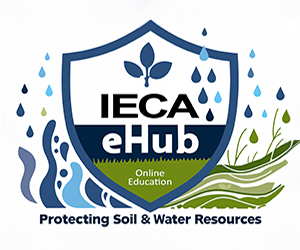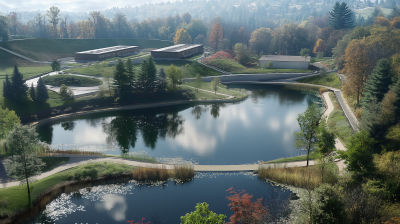
From Bare Soil to Urbanization: Landcover and Runoff
Recorded On: 2023/06/22
-
Register
- Non member - $40
- Professional member - $15
- Professional Plus member - Free!
- Professional Plus Org member - Free!
- Student member - $15
- Young Professional member - $15
- Emeritus member - $15
- Discounted Professional member - $15
- Australia Member - $15
- Australia Non-Member - $40
- Australasia Professional Plus - Free!
- Australasia Professional Plus Org - Free!
- Australian Student - $15
From Bare Soil to Urbanization: Landcover and Runoff

Presented by: Andrew Earles & Victoria Hennon
Level: Beginner | Intermediate | Advanced
Duration: 1 hour
Type of Course: On-Demand
Sponsor: CleanWay, Presto, Soil Moist, Stone Strong, & United Storm Water
The relationship between rainfall and runoff is fundamental to managing stormwater runoff from pre-project planning, through construction, and into operation of the permanent stormwater system. This relationship is defined by runoff coefficients that convert rainfall to runoff – runoff coefficients that are too low and underrepresent real world conditions can lead to flooding, while runoff coefficients that are unrealistically high result in unnecessary expenditures on oversized infrastructure.
This webinar will present recent work to update runoff coefficients in the metropolitan Denver area within the Mile High Flood District. Many of the runoff coefficients included in local, regional, and national guidance documents were developed decades ago and do not necessarily represent current types and densities of development. This work involved analysis of recent developments to compare measured imperviousness with guidance on imperviousness that is used to calculate runoff coefficients to assess current density of developments relative to imperviousness assumptions in current criteria. We also searched the literature and performed analysis to develop criteria for runoff coefficients for different types of waterwise land cover from western desert rock mulch landscaping to landscaping with native grasses. In addition, we performed modeling analysis to evaluate the effects of disconnected impervious area and panel orientation on runoff coefficients for solar installations.
This webinar will also discuss construction phase runoff and how the lessons learned from updating runoff coefficients for post-construction land uses provide insight on how to effectively reduce runoff coefficients during construction through implementation of erosion control measures including mulching, temporary revegetation, and other similar practices.
Attendees will come away from this webinar with a new appreciation for the subtleties of runoff coefficients and an understanding of how criteria for these important hydrologic parameters are derived for use in stormwater manuals.

Speakers

Andrew Earles
Vice President of Water Resources
Wright Water Engineers
Dr. Andrew Earles is the Vice President of Water Resources with Wright Water Engineers in Denver, Colorado. Andrew specializes in hydrology, hydraulics, and stormwater management and has worked across the United States on projects related to rainfall, runoff, and land cover. Andrew is a Professional Engineer, Professional Hydrologist, CPESC, and member of the American Academy of Water Resources Engineers.

Victoria Hennon
Water Resources Engineer
Wright Water Engineers
Victoria Hennon, EIT, is a Water Resources Engineer at Wright Water Engineers. She has a master’s degree in civil and environmental engineering from Colorado School of Mines and works on projects involving drainage criteria, hydrologic/hydraulic modeling, and watershed analyses.
Sponsored by:

This webinar is worth One (1) Professional Development Hour.



